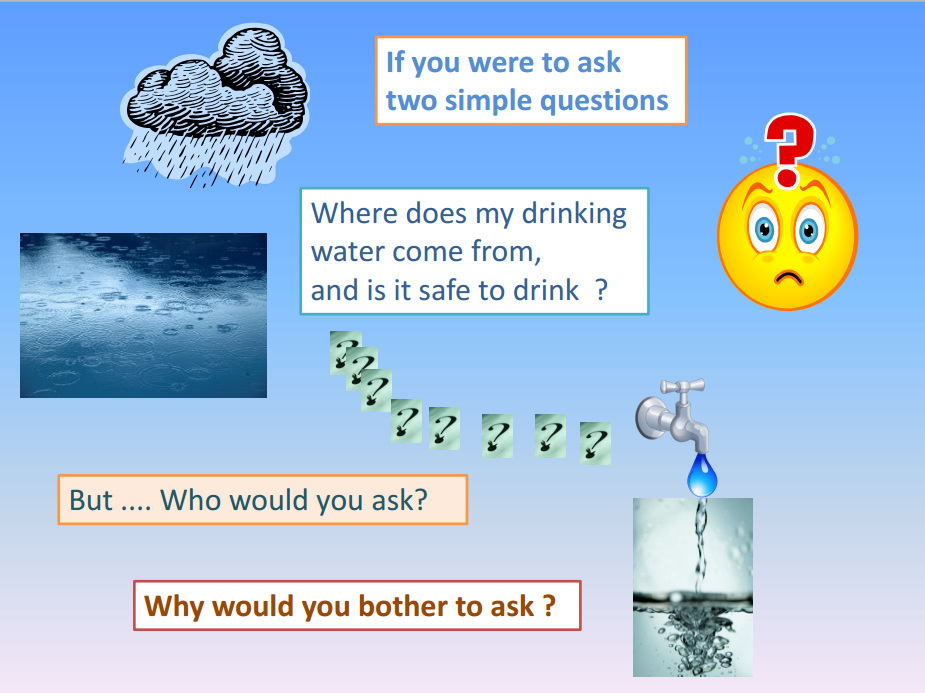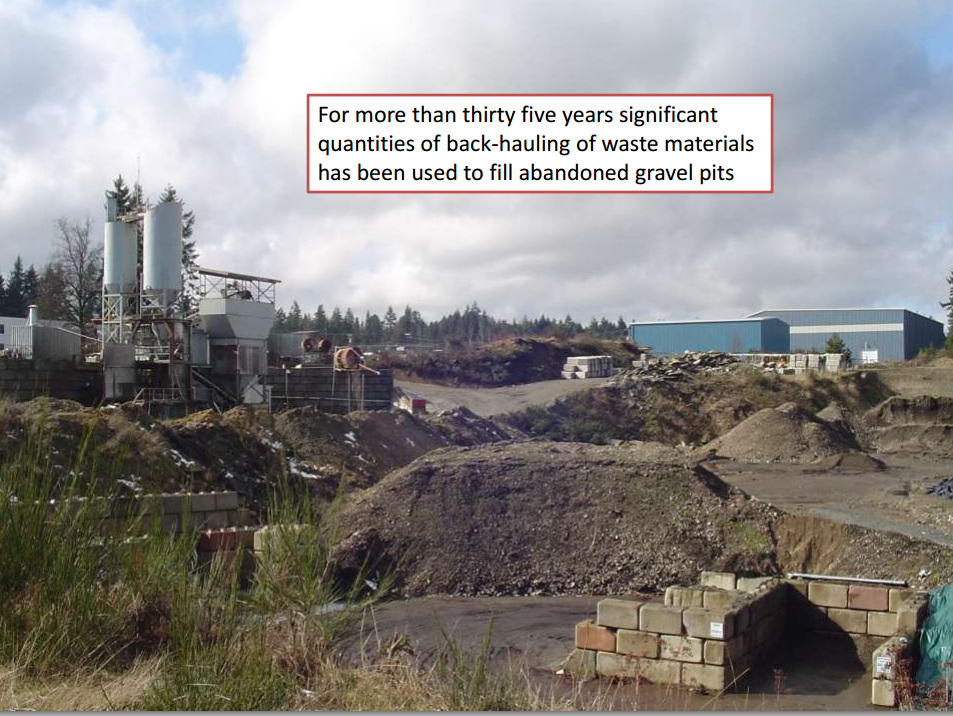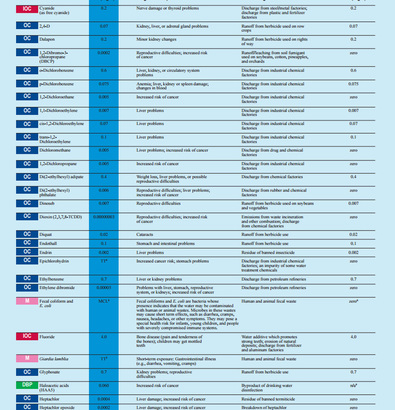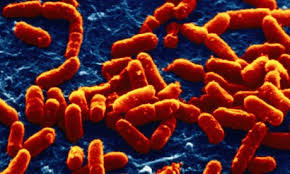Water Source Protection
|
This 3 minute YouTube Video shows how water that originates in a rainstorm can become contaminated before it gets to your tap. |
Water Source Protection is the most effective method of preventing drinking water contamination.
An unprotected watershed or catchment zone that provides drinking water That could be contaminated with some of the 80,000 created chemicals and compounds in our environment. |

Please click the drip to link to a series of booklets explains a process for planning a protection program
Ministry of Environment Water Protection & Sustainability Branch: Well Protection Toolkit |

Could these land uses cause drinking water contamination? The City of Parksville and the EPCOR utility have drinking water wells in this area.
Could issues of drinking water quality be overlooked or ignored. The 17 graphic pages may surprise you. Would you drink the water? Click the drip to open the PDF http://www.innovationbc.com/uploads/1/8/8/5/18858082/drinking_water_contamination_concerns_dec_29th_2014.pdf |
|
Most drinking water is tested for bacteriological contaminants like fecal coliform and E.Coli and some of these contaminants are controlled using disinfectant.
There are many thousands of chemical and other contaminants that should not be in drinking water. Click the drip to link to US National Primary Drinking Water Regulations a list of possible water contaminants. a proportion of the 80,000 chemicals in the environment. http://water.epa.gov/drink/contaminants/upload/mcl-2.pdf 
Click the drip to link to the EPA's list of some
potential water contaminants. More than the sample below |
|
Water sampling and testing will not determine that the water is completely safe to drink over a long period of time. It would appear that our Health Authority have few requirements.
Water Sampling Results for all water suppliers in British Colombia who are required to monitor water that reaches consumers for total coliform bacteria and Escherichia coli (E.coli) regularly http://www.viha.ca/mho/water/water_sampling_results.htm |

Click the drip to go to water sampling results information |
|
|

Island Health Special Report on Drinking Water
Source protection is a dynamic process that requires ongoing commitment to achieve desired results. Effective source protection is the first barrier that can minimize risk of water contamination. The process includes identification of potential threats to the water source and the development of strategies to avoid and, where possible, mitigate problems. Once the assessment has been completed, a Source Protection Plan is prepared to address the issues of concern identified in the evaluation. To ensure protection of water sources, sustainable principles must be followed, integrated resource management practiced and the ongoing prioritization and updating of the Source Protection Assessment and Plans maintained. If necessary, DWOs can request or order water suppliers to prepare assessments for their water supply systems. Click the drip to see the report http://www.viha.ca/NR/rdonlyres/7D096D26-A2DF-4746-BF0F-77E39BA25CB0/0/MHODrinkingWaterReportFINALNov272014.pdf |





